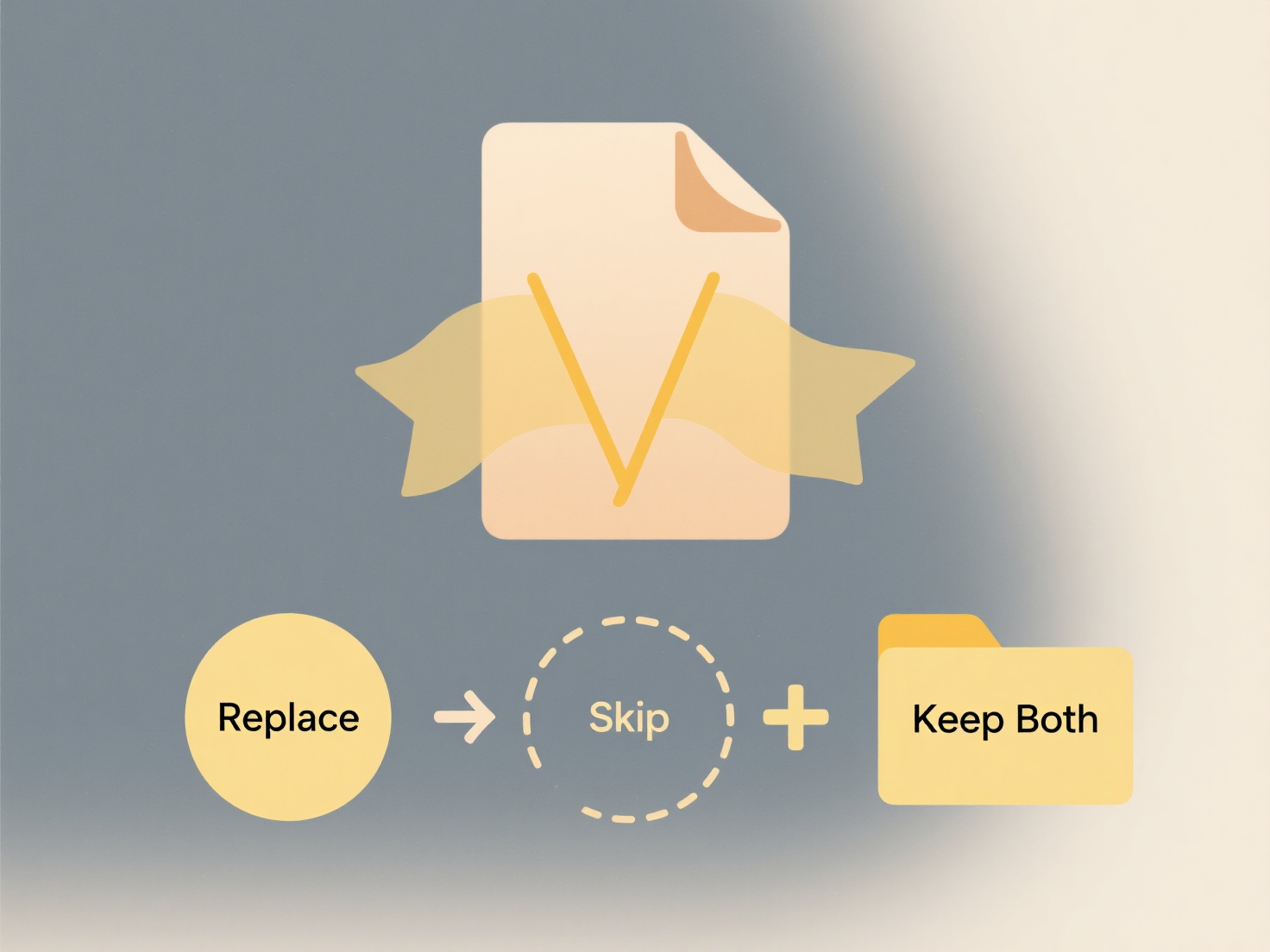
Folder naming for clarity means establishing consistent, descriptive conventions to instantly convey a folder's contents. Unlike arbitrary names, clear folder names prioritize discoverability by humans and machines. Key principles include using meaningful keywords, logical grouping (like project/client/type), chronological order (YYYY-MM-DD), and avoiding ambiguity. This differs from vague names (e.g., "New Folder") by enabling immediate understanding without opening the folder.

For example, a marketing team might name a folder "Campaign_SprintShoes_2024-06_SocialMedia" to specify the project, client, date, and content type. A researcher organizing data could use "Experiment3_PlantGrowth_Temperature_2024-05-15_RawData". This practice is vital in cloud storage (Google Drive, SharePoint), version control (GitHub repositories), and local OS file systems for teams and individuals.
Clear folder naming significantly boosts efficiency by reducing time spent searching and minimizing errors. A key limitation is the potential for subjective interpretation, underscoring the need for team-wide agreed standards. Ethically, it promotes good data stewardship and accessibility. As digital information grows, disciplined naming becomes increasingly critical for personal productivity and collaborative innovation.
How do I name folders for clarity?
Folder naming for clarity means establishing consistent, descriptive conventions to instantly convey a folder's contents. Unlike arbitrary names, clear folder names prioritize discoverability by humans and machines. Key principles include using meaningful keywords, logical grouping (like project/client/type), chronological order (YYYY-MM-DD), and avoiding ambiguity. This differs from vague names (e.g., "New Folder") by enabling immediate understanding without opening the folder.

For example, a marketing team might name a folder "Campaign_SprintShoes_2024-06_SocialMedia" to specify the project, client, date, and content type. A researcher organizing data could use "Experiment3_PlantGrowth_Temperature_2024-05-15_RawData". This practice is vital in cloud storage (Google Drive, SharePoint), version control (GitHub repositories), and local OS file systems for teams and individuals.
Clear folder naming significantly boosts efficiency by reducing time spent searching and minimizing errors. A key limitation is the potential for subjective interpretation, underscoring the need for team-wide agreed standards. Ethically, it promotes good data stewardship and accessibility. As digital information grows, disciplined naming becomes increasingly critical for personal productivity and collaborative innovation.
Quick Article Links
How do I integrate file access controls with data loss prevention (DLP) tools?
Integrating file access controls with Data Loss Prevention (DLP) tools combines permission-based restrictions (defining ...
What are the risks of syncing sensitive files to the cloud?
Syncing sensitive files to cloud services (like Dropbox or Google Drive) involves continuously copying data to remote in...
Can I use the cloud to back up my entire hard drive?
Cloud backup refers to using remote internet-based servers to store copies of your files and system data. It fundamental...